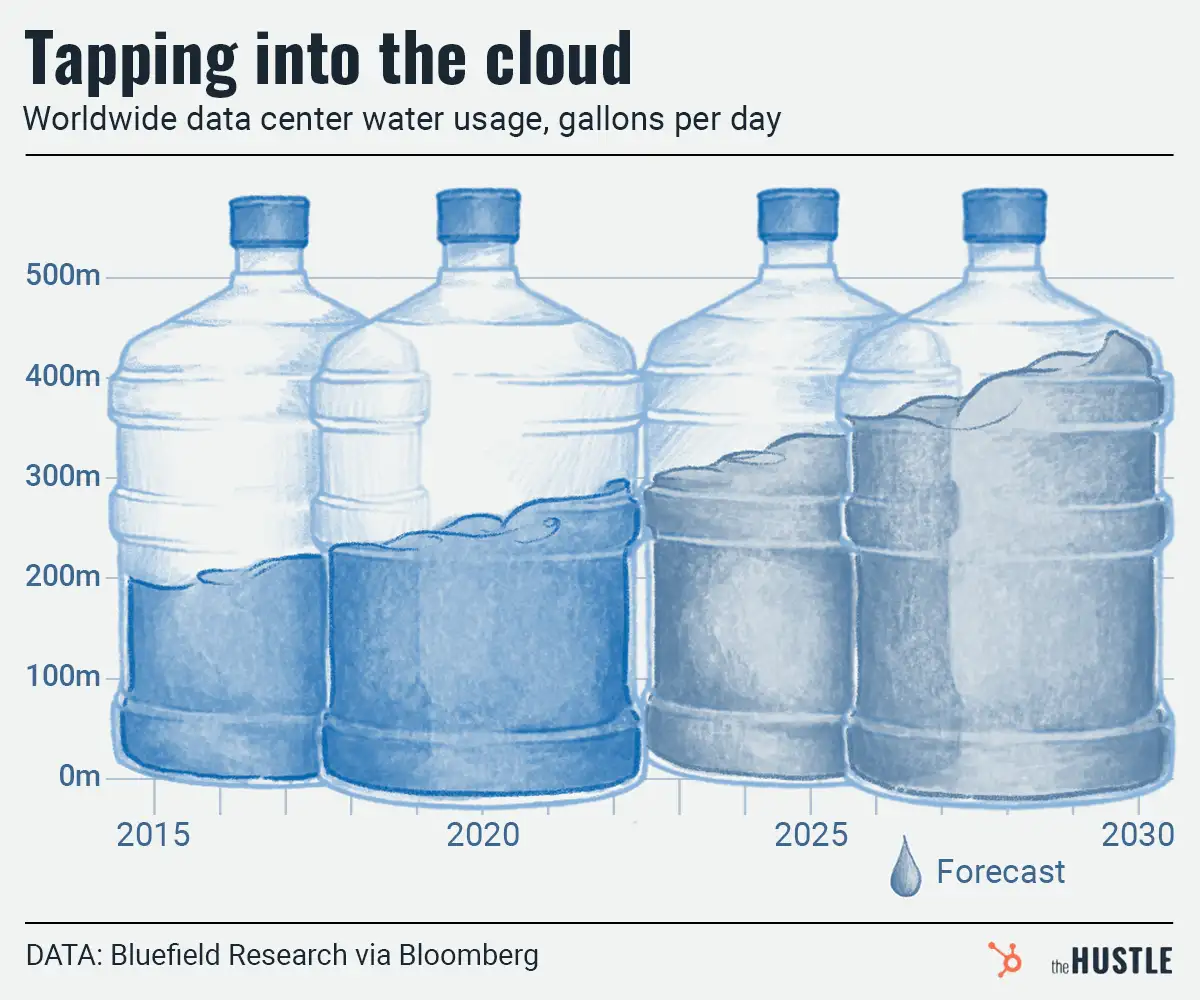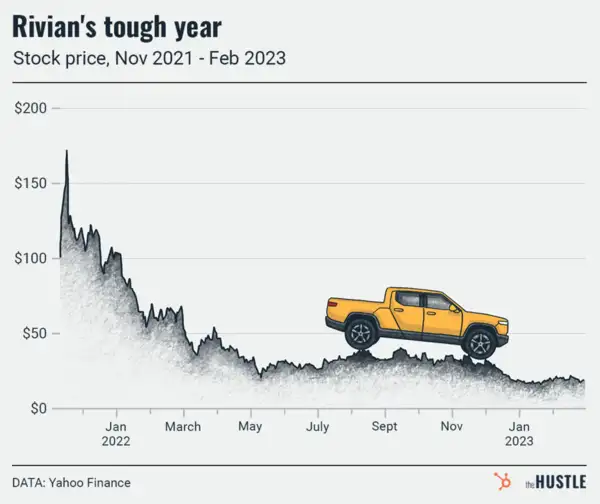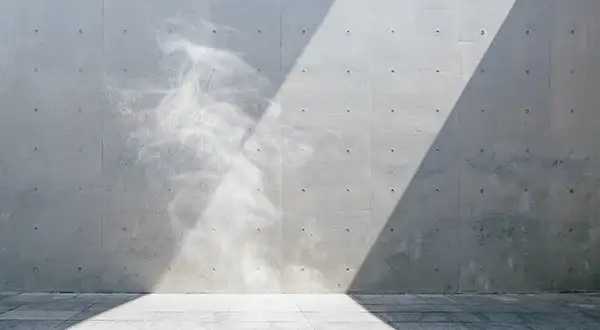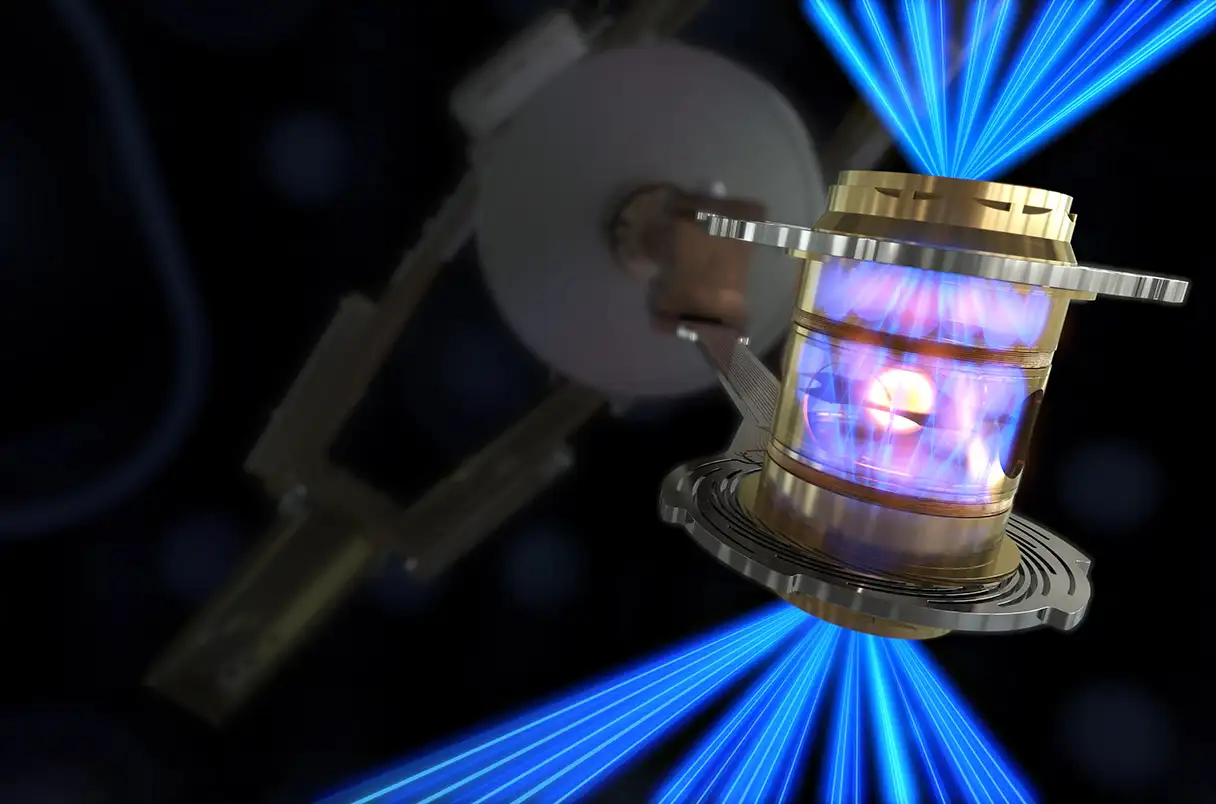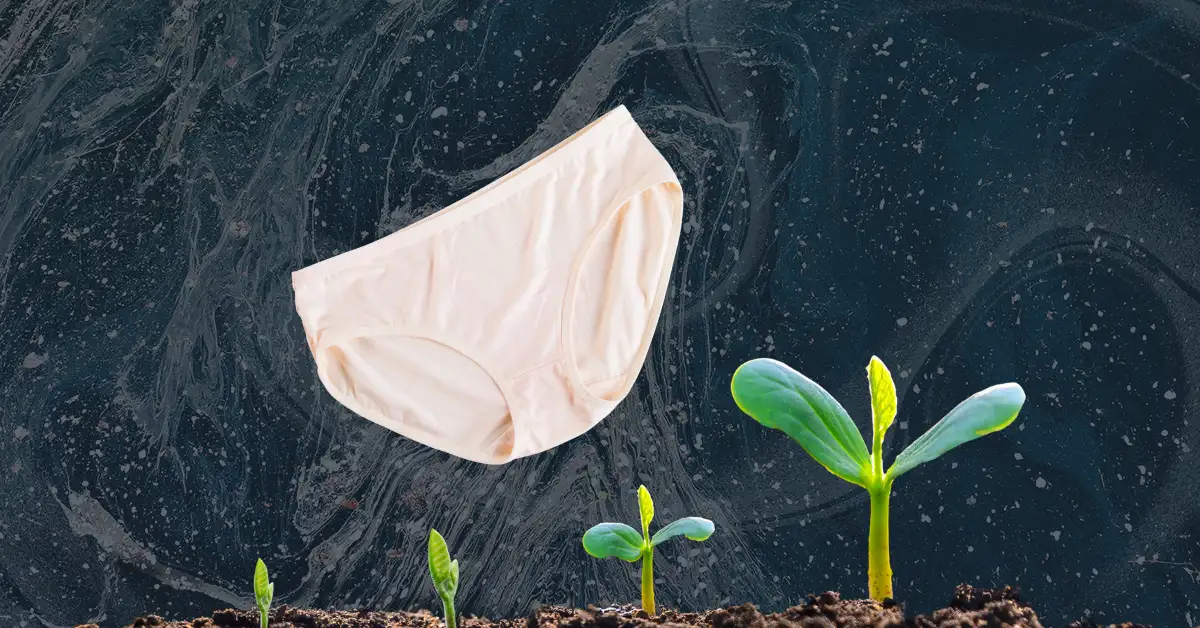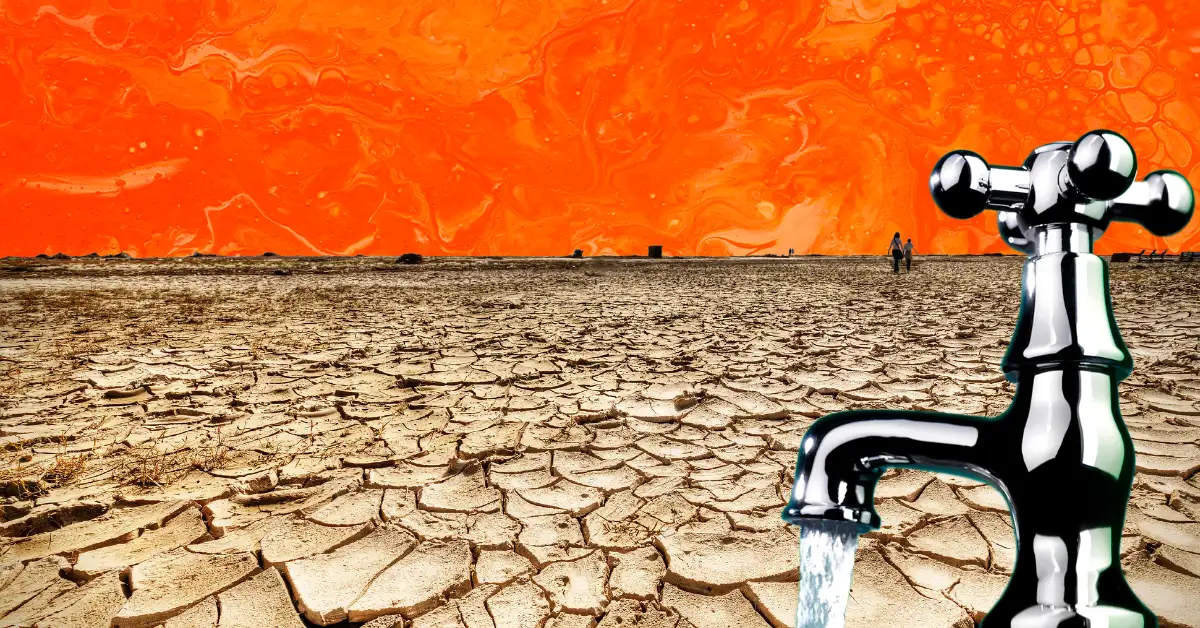The Beijing 2022 Winter Olympics saw athletes compete on fake flakes. But what exactly is artificial snow?
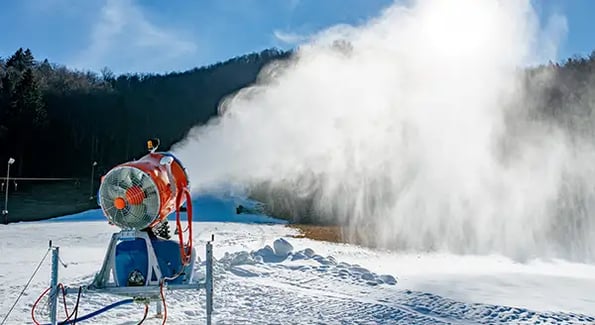
The simple answer: It’s made by combining water and compressed air in a “snow gun” that shoots it into the air where it freezes as it falls.
But not all frozen water is the same. Caltech physicist Ken Libbrecht told Vox that faster-forming artificial snow looks like ice pellets under a microscope — not beautiful, unique snowflakes.
Athletes can feel the difference, too. Harder, icier snow might be great for speed, but many have warned it’s less safe.
It’s also very expensive
Beijing doesn’t get much snow, so China purchased $60m in equipment from Italian snow company TechnoAlpin, per Slate.
While initial estimates were ~49m gallons, TechnoAlpin told Insider it expected ~343m gallons of water would be needed — a day’s recommended water intake for 900m people.
Despite a pledge to reclaim that water, ~40% is lost to evaporation, adding to environmental concerns involved with using water to make snow, especially in water-scarce Beijing.
This year’s Games weren’t the 1st to use artificial snow
That was Lake Placid in 1980. PyeongChang’s snow in 2018 was 90%+ man-made. Sochi’s in 2014 was 80%. And ski resorts? In North America, ~90% fake.
Why? Unfortunately, a lot of this has to do with climate change. One report found that even in a low-emission scenario, 13 of the 21 previous Winter Games locations would no longer be climate reliable in the 2050s.
But snow sports aren’t slowing down
China’s Hebei province is aiming for a $23B “ice and snow” industry by 2025, including a ~$19B snow equipment manufacturing sector. Since 2015, when Beijing was awarded the 2022 Games, the number of Chinese ski resorts have grown 40% to ~800.
And overall, the global snow-making systems market was worth $153m in 2020 and is expected to reach $240.9m by 2027 at a CAGR of 6.7%.
BTW: It’s not just winter sports. Southern California is not exactly known for snow, but one of its biggest attractions — Disneyland — sees regular holiday “snowfall.”



